Warriors were inseparable from their weapons, swordsmiths were respected as artisans, and sword making was seen as a ritual.
Swords have always been of a great importance in folktales, legends, and historical battles.
Many of them passed the test of time, keeping the numerous stories embodied in them. Here are some of the greatest swords ever discovered.
The Sword in the Stone
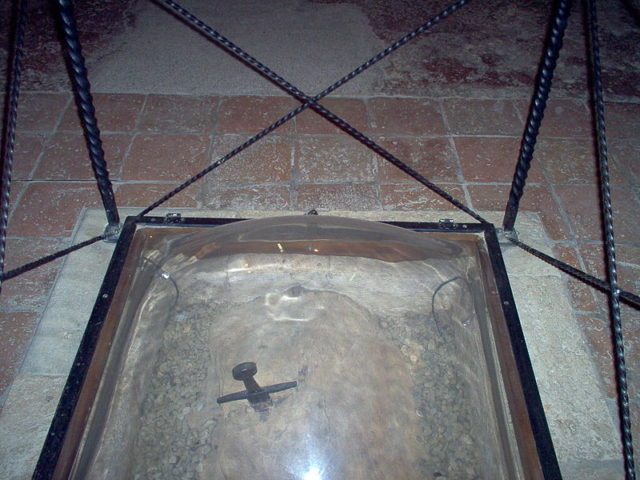
We all know the legend about King Arthur and the sword Excalibur. Pulling the sword from the stone sealed King Arthur’s glory.
Well, there is another sword in a stone at the ancient Montesiepi hermitage, near the Cistercian Abbey of San Galgano in Tuscany, Italy. And its legend is somehow a reversed version of the one we know.
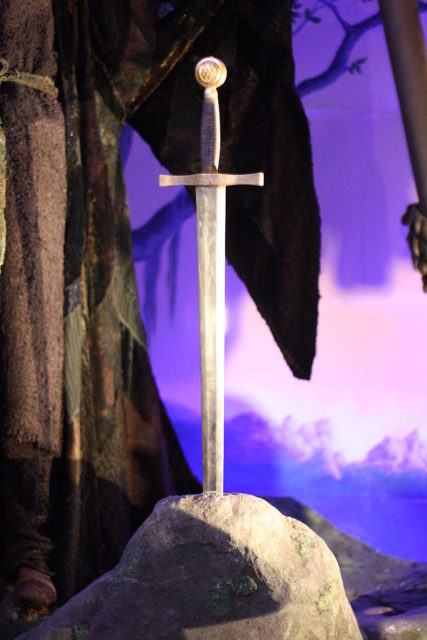
Galgano Guidotti was a knight known for his selfishness and arrogance. Once, while in Montesiepi, he had a vision of the Archangel Michael who told Galgano to renounce material things — to which the knight replied that such a thing would be as impossible as splitting a rock with a sword.
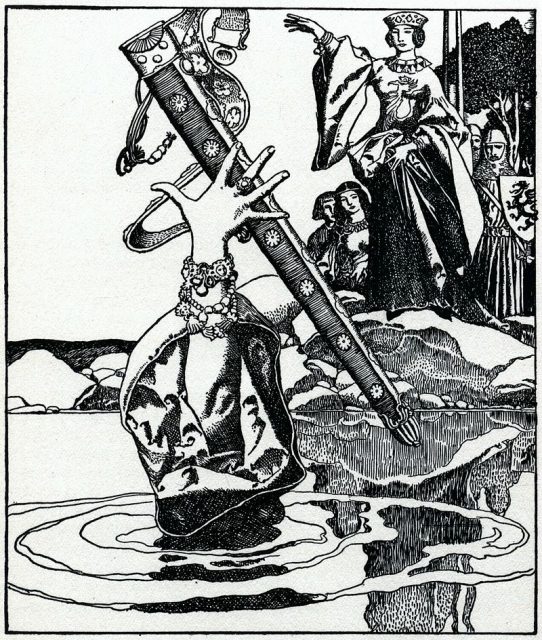
To prove his point, Galgano struck his sword in a rock, and to his great surprise, the legend says, the rock yielded like butter.
Although dating metal is a very difficult task, the sword in Montesiepi has been dated to the 12th century. To this day, the rock draws tourists and travelers to the ruins of the chapel built around it.
Kusanagi no Tsurugi
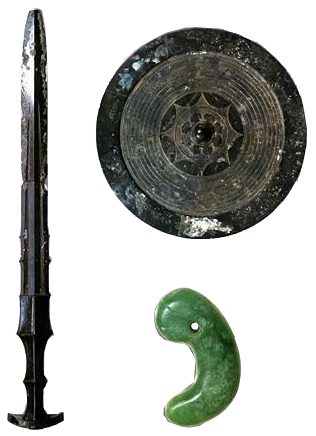
Originally known as the Ame-no-Murakumo-no-Tsurugi (meaning “Sword of the Gathering Clouds of Heaven”), the Kusanagi sword is one of the three Imperial Regalia of Japan; the other two being the Yasakani-no-Magatama, a jewel that represents compassion and generosity, and the Yata-no-Kagami, a mirror that represents wisdom.
According to Japanese mythology, the Shinto god of sea and storms, Susanoo, found the mysterious sword in the body of the eight-headed serpent Yamata-no-Orochi which he killed, and gave it as a gift to his sister, Amaterasu, the goddess of the sun.
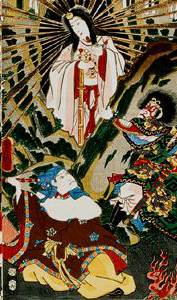
She, in turn, gave the sword to Emperor Keiko’s son, Yamato Takeru, who defeated his enemies with it. There are numerous legends about the great powers of Kusanagi, including some in which the sword could control the wind.
Allegedly, this precious Japanese treasure is kept in safety at Atsuta Shrine in Nagoya. But according to some historical accounts, the Kusanagi was lost forever during the Battle of Dan-no-ura in the 12th century. The Shinto priests refuse to show the sacred treasures to the public. So it remains a mystery whether they really keep and protect the original Kusanagi that is an integral part of Japanese folklore, history, and mythology.
Durandal
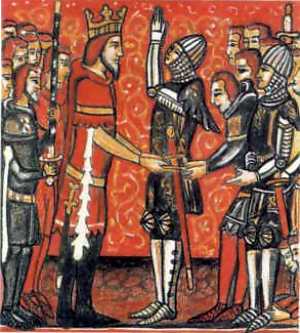
Roland was the most courageous of the 12 paladins who served the Holy Roman Emperor, Charlemagne, in the 8th century. The medieval legends surrounding Roland involve also his famous sword – the gleaming white and stainless Durandal. It is said that the sword had four sacred relics in the golden hilt: a piece of Saint Mary’s robe; strands of Saint Denis’ hair; Saint Basil’s blood; and a tooth from Saint Peter.
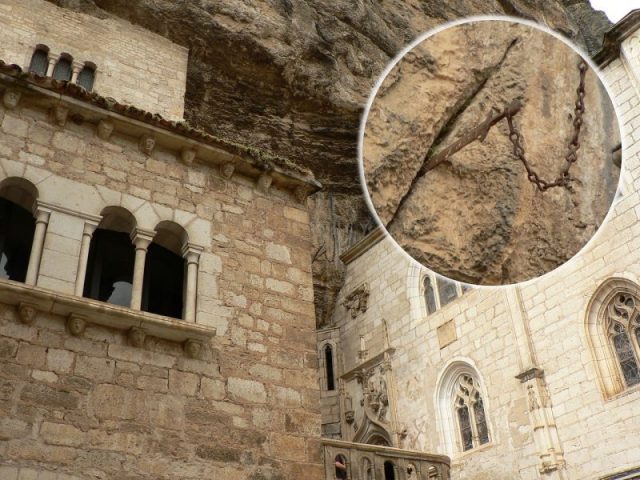
Like many legendary swords, Durandal’s origins remain a mystery. In the poem The Song of Roland, Durandal is described as abnormally sharp and indestructible.
Roland won many battles with Durandal. In the poem, he even cuts an armored Saracen soldier in half with a single swing of the sword.

According to the legend, Roland was defeated at the Battle of Roncevaux and attempted to destroy the Durandal, creating La Breche de Roland, a 130-foot natural gap, high in the Pyrenees.
Local folklore claims that it still exists, embedded in a cliff wall in Rocamadour.
The Cursed Muramasa

In his work Bushido, the Soul of Japan, written in 1899, Nitobe Inazo explores the way of the samurai. He calls the samurai sword, i.e. the katana, “The Soul of the Samurai.” Swords were very important, admired, and highly prized objects which made the swordsmith’s work an immensely important task.
It is said that Muramasa Sengo was one of the greatest swordsmiths in Ancient Japan. The beauty and strength of his blades were admired across the whole Empire. However, the great swordsmith wanted more. According to the legend, he prayed to the gods for his swords to become “great destroyers.”
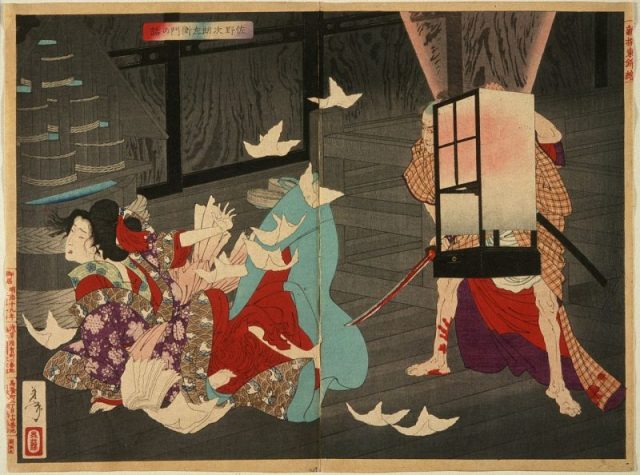
His prayers were answered, and the gods made Muramasa’s blades extremely dangerous. Only they weren’t dangerous just for the enemies, but also cursed for their wielders.
The popular legend says that the dark curse made the swords bloodthirsty and with a will on their own. If not satisfied by combat they turned on their owners, and there was nothing the wielder could do to prevent it.
Muramasa swords were banned by imperial order. However, they are part of Japanese pop culture, while their sharpness became a symbol of Japanese sword-making skills.
The Wallace Sword
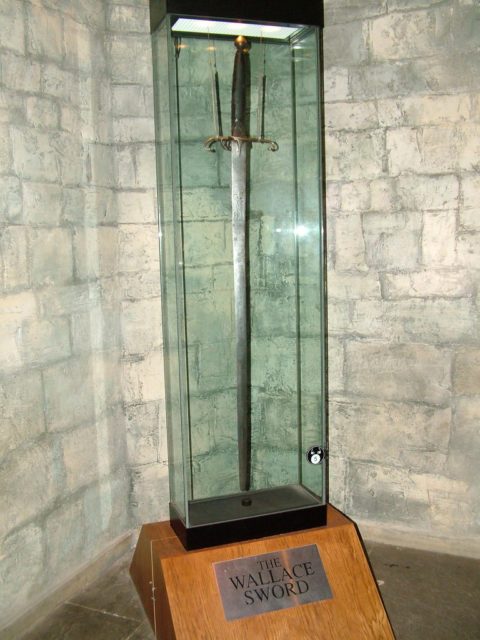
At the National Wallace Memorial in Stirling, Scotland, there is a sword, proudly displayed, saying that it belonged to the Scottish revolutionary William Wallace.
The sword is 2.25 inches wide at the base, 5-feet-4-inches long, it’s blade 4-feet-4-inches long, and it weighs 5.95 pounds.
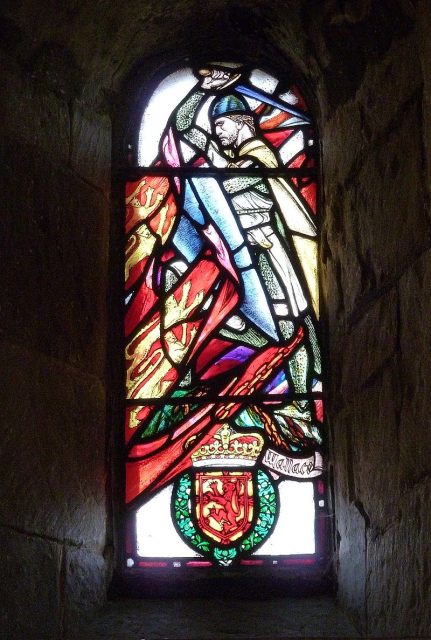
If the legend is true, the Wallace sword would have been used in the Battle of Falkirk in 1298, and it was in the possession of Wallace until his death in 1305.
Over the next 700 years, it was handed from one owner to another before coming to rest in the Hall of Heroes of the National Wallace Memorial.
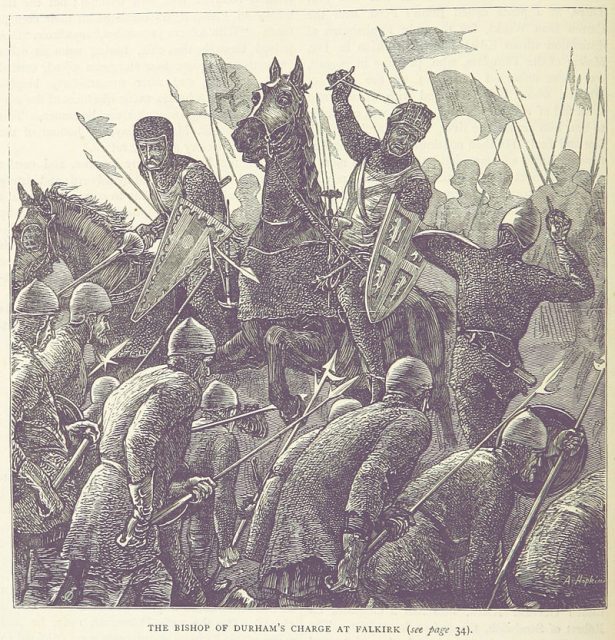
Although it is a fascinating tale, there is no clear evidence that the exhibited sword is the one that belonged to William Wallace. Regardless of its authenticity, the sword is important as a symbol of the freedom of Scotland.
The Sword of Goujian

In 1965, the Sword of Goujian was discovered by an excavation team, in a tomb in Hubei, China. Archaeologists believe that it is an artifact from around 771 to 403 BC.
What was truly stunning and confused all researchers was that the blade of the sword was perfectly untarnished, despite the fact that it had been buried in damp conditions for over two millennia. When one archaeologist tested his finger on its edge, the blade drew blood.
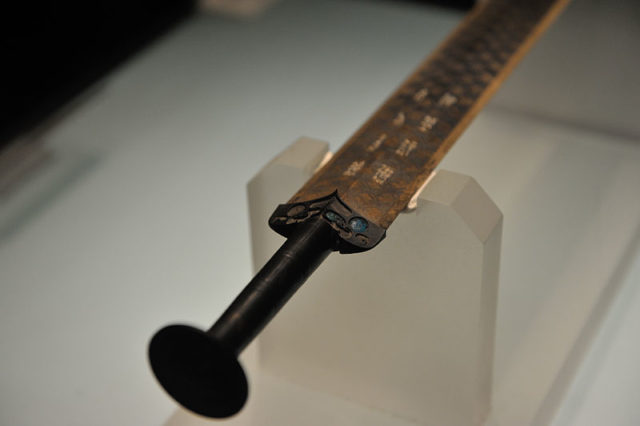
It is beautifully decorated and made of copper, bronze, tin, and small amounts of iron. According to the engravings on the blade near the hilt, the sword belonged to one of the most famous emperors, Goujian, the King of Yue State.
Read another story from us: 8-yr-old Girl Finds Ancient Pre-Viking Sword in Swedish Lake
Inexplicably, the Sword of Goijuan defies the tests of time. Due to its mythical endurance, the sword is regarded as a state treasure in China and is on display at the Hubei Provincial Museum.
